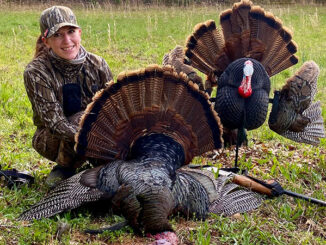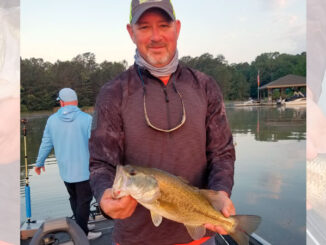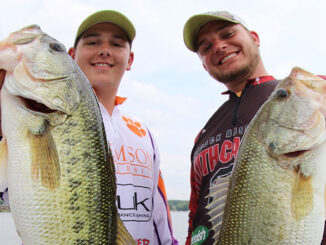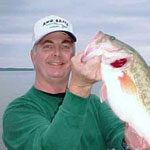Stripers under the lights
As the sun sets, Mercer illuminates the water with green lights, and green means it’s ‘go-time�

Jessica Poston killed a memorable gobbler during a quick hunt in South Carolina’s upstate. […]

Bass are in all stagest of the spawn at High Rock Lake throughout May, giving anglers many options. […]

In May, anglers on Lake Russell can expect to catch a good mix of spotted bass, largemouth, and stripers. […]

Copyright 1999 - 2024 Carolina Sportsman, Inc. All rights reserved.
Be the first to comment